Clean Out Your Financial Junk Drawer: Why Disorganization is Costing You
If your financial life feels like a mess, you’re not alone. Most people are financially disorganized—but here’s the truth: it’s not entirely your fault.
The financial services industry is designed to sell you products, not plans. It operates like a department store where everything is sold individually and nothing is curated for your life. You walk in needing help, and walk out with a mortgage, a savings account, a brokerage account, or a retirement product—but no cohesive plan tying it all together. Over time, you accumulate a scattered collection of financial products, accounts, and policies. And just like the junk drawer in your kitchen, it becomes a confusing pile of “stuff” you vaguely know is important but rarely, if ever, take the time to sort out.
You might have a 401(k) from an old job, a Roth IRA you opened five years ago and haven’t contributed to since, two savings accounts, a life insurance policy someone sold you years ago, and a stack of unopened investment statements that give you a headache every time you look at them.
That’s your financial junk drawer. And it’s time to clean it out.
Why Most People Are Financially Disorganized
The real problem isn’t laziness—it’s design. The financial system encourages you to buy solutions one at a time. Buying a house? They sell you a mortgage. Want to save? You’re offered a high-yield savings account. Interested in investing? They direct you into a portfolio based on a generic “risk profile.” Worried about retirement? There’s an endless list of IRAs, annuities, and other complex retirement products.
Each product might make sense in isolation. But that’s the issue—they’re isolated. Without a holistic financial strategy, you’re left with a pile of disconnected tools and no blueprint. As we explained in our Reality Check for Artists, too many people approach their financial life the way creatives often approach business—piecemeal, without a cohesive structure.
The Hidden Costs of a Disorganized Financial Life
Financial clutter has serious consequences. Here’s what it could be costing you:
Missed opportunities: Cash sitting idle in low-interest accounts while debt grows elsewhere.
Duplicated coverage: Paying for overlapping insurance policies or redundant services.
Neglected investments: Outdated portfolios that no longer align with your goals or risk tolerance.
Stress and confusion: The mental burden of knowing things are scattered and unmanaged.
It’s the equivalent of trying to run a business without ever looking at your books. As we discussed in Why the Rich Are Not Financially Free, wealth without clarity can be just another trap.
How to Declutter Your Financial Life
Just like organizing a physical junk drawer, the first step is pulling everything out and taking stock. Here’s how to start:
Make a list of everything you own: Bank accounts, investment accounts, insurance policies, credit cards, retirement plans, and debts.
Gather your documents: Collect statements, logins, policy details, and put them in one centralized folder (digital or physical).
Sort by purpose: Categorize what each account or policy is for—saving, growing, protecting, borrowing.
Identify what’s outdated or unnecessary: Old accounts, underperforming investments, or policies that no longer apply.
This exercise isn’t just for organization—it helps you begin to understand your financial capital.
Build a Purpose-Driven Financial Strategy
Once everything is laid out, the real work begins: creating a plan with purpose.
Ask yourself:
What are my financial goals—short-term and long-term?
What kind of life do I want to build?
Are my current financial tools actually helping me move toward that life?
Think in terms of function rather than form. Instead of obsessing over specific accounts or investment vehicles, ask what role each piece plays in your overall life strategy. Is it helping you build freedom? Reduce risk? Create opportunities?
As we discuss in Do You Need the Music Industry to Succeed?, success is not about fitting into a system—it’s about building a system that fits you.
You Don’t Need More Products—You Need a Plan
Here’s the hard truth: no one is going to do this for you. Financial advisors may help, but even they often operate within the same product-first mindset. What you need is a holistic approach—a clear strategy that’s aligned with your purpose, values, and goals.
Start by asking: What is the life I’m trying to create? Then align your money around that.
Because the reality is, no financial product can give you peace of mind. Peace comes from clarity. And clarity begins the moment you clean out that drawer.
